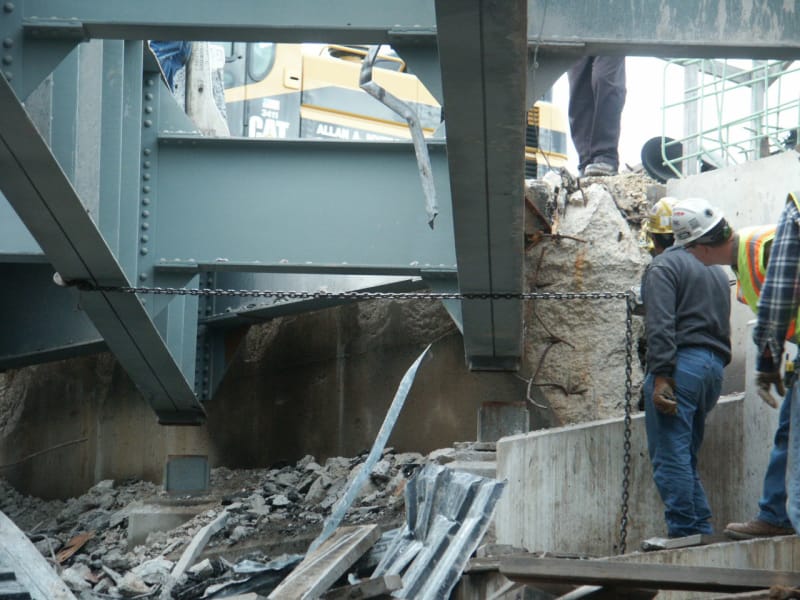justhumm
Structural
- May 2, 2003
- 112
I just responded to a construction RFI and am l
It's a re-decking project for an existing continuous, 4-span steel bridge being done in two stages (Stage 1: Northbound Lanes, Stage 2: Southbound Lanes) with a longitudinal joint in between. The contract plans have a deck pour sequence that shows the positive moment regions being poured before the negative moment regions.
On paper, the contractor's RFI requested to do a continuous pour for each stage. So the obvious, short answer was, "No."
In conversation, the contractor claims to have used a concrete retarder for continuous pours on similar projects.
Does anyone know if any studies / reports (FHWA, NCHRP, ACI, etc.) exist, regarding the use of retarders for crack control in continuous concrete deck pours?
...or something like that...
Thanks!
It's a re-decking project for an existing continuous, 4-span steel bridge being done in two stages (Stage 1: Northbound Lanes, Stage 2: Southbound Lanes) with a longitudinal joint in between. The contract plans have a deck pour sequence that shows the positive moment regions being poured before the negative moment regions.
On paper, the contractor's RFI requested to do a continuous pour for each stage. So the obvious, short answer was, "No."
In conversation, the contractor claims to have used a concrete retarder for continuous pours on similar projects.
Does anyone know if any studies / reports (FHWA, NCHRP, ACI, etc.) exist, regarding the use of retarders for crack control in continuous concrete deck pours?
...or something like that...
Thanks!

![[idea] [idea] [idea]](/data/assets/smilies/idea.gif)
![[r2d2] [r2d2] [r2d2]](/data/assets/smilies/r2d2.gif)

